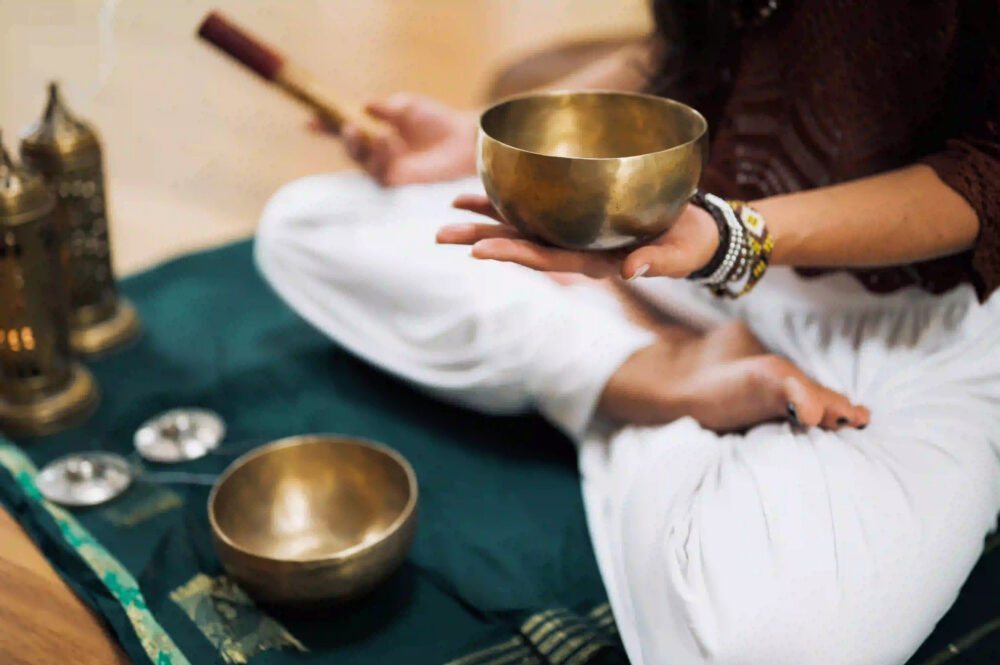In a fast-paced world filled with noise and distractions, finding a sanctuary for spiritual practice has become increasingly important for many individuals seeking solace, connection, and inner peace. The concept of sacred spaces, whether they are physical locations or personal spaces within one’s home, holds significant power in nurturing spiritual growth and well-being.
Understanding Sacred Spaces
Sacred spaces can take on various forms, from ancient temples and churches to natural landscapes and even personal altars within one’s living space. These spaces are dedicated to spiritual practice, contemplation, and connecting with something greater than oneself. The power of sacred spaces lies in their ability to create an environment conducive to introspection, meditation, and the exploration of one’s spiritual beliefs.
Creating a Personal Sanctuary
While traditional sacred spaces such as temples and churches hold deep historical and cultural significance, individuals are increasingly seeking to create their own personal sanctuaries tailored to their spiritual and emotional needs. This may involve setting up a meditation corner in a home, creating a garden space for reflection, or dedicating a room for yoga and mindfulness practices. The key is to design a space that resonates with one’s beliefs and provides a sense of tranquility and connection.
Nurturing Spiritual Growth
The presence of a sacred space in one’s life can have a profound impact on spiritual growth and well-being. By having a designated area for spiritual practice, individuals can cultivate a sense of discipline and routine in their daily lives. This consistency can lead to a deeper connection with one’s spiritual beliefs, increased mindfulness, and a heightened sense of inner peace.
The Power of Intention
Central to the concept of sacred spaces is the power of intention. When creating a sanctuary for spiritual practice, it is essential to infuse the space with intention and meaning. This can be achieved through the use of symbolic objects, meaningful artwork, and the incorporation of natural elements such as plants and water features. By imbuing the space with personal significance, individuals can enhance the spiritual resonance of their sacred space.
Connecting with Community
While sacred spaces are often associated with individual practice, they also have the power to bring communities together. Temples, mosques, churches, and other places of worship serve as communal sanctuaries where individuals gather to connect, seek guidance, and celebrate their shared beliefs. Additionally, the rise of virtual sacred spaces, such as online meditation communities and spiritual forums, has enabled individuals to connect with like-minded individuals across the globe.
Embracing Diversity
It is important to recognize that sacred spaces hold diverse meanings for different individuals and cultural groups. The beauty of sacred spaces lies in their ability to accommodate a wide range of spiritual beliefs, traditions, and practices. Whether it’s a serene meditation room, a vibrant outdoor shrine, or a grand cathedral, each sacred space reflects the unique spiritual journey of those who engage with it.
Conclusion
The power of sacred spaces in nurturing spiritual practice and well-being cannot be understated. Whether through the creation of personal sanctuaries or the communal gathering in traditional places of worship, sacred spaces offer individuals the opportunity to connect with their inner selves, their communities, and the divine. By embracing the concept of sacred spaces and intentionally crafting environments that support spiritual growth, individuals can embark on a journey of self-discovery, mindfulness, and inner peace.
This blog post explores the significance of sacred spaces in nurturing spiritual practice, emphasizing the importance of creating personal sanctuaries tailored to individual beliefs and needs. It highlights the power of intention, the role of sacred spaces in community connection, and the importance of embracing diversity in spiritual practices.
